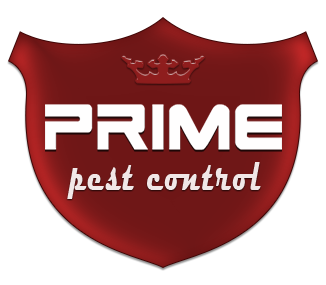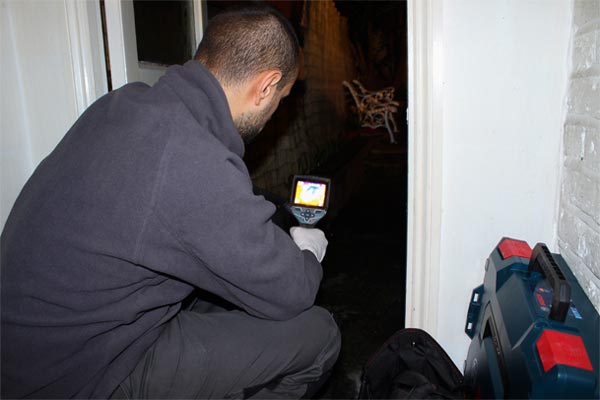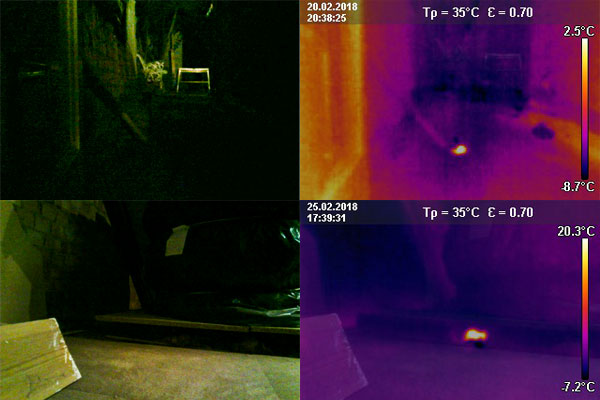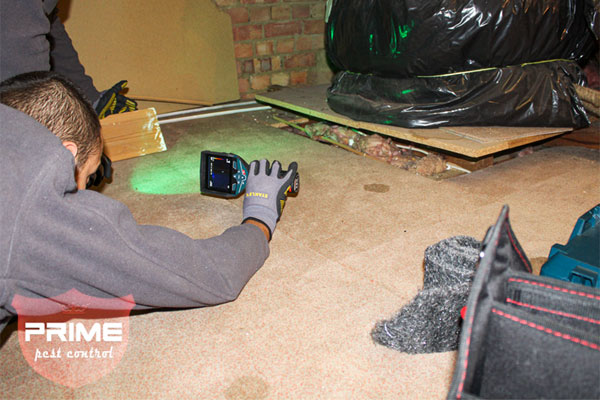Rat infestation
Common brown rat
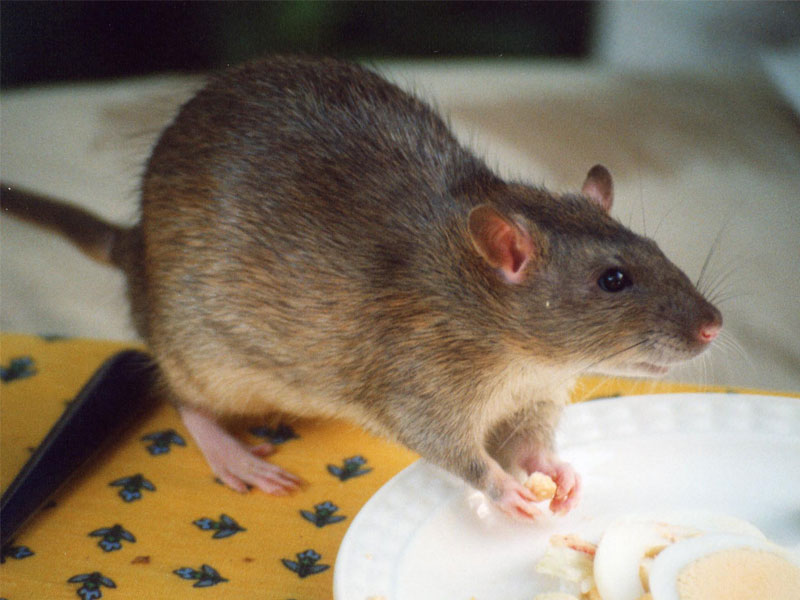
Rats are considered to be one of the most dangerous pests known to live in urban areas. These rodents can spread numerous potentially deadly diseases such as bubonic plague, leptospirosis, murine typhus, rat-bite fever, salmonella, tapeworms and others. Rats may cause a lot of stress and nuisance damaging your residential or commercial property or contaminating food and feed supplies. If you encounter a rat problem do not hesitate to get professional advice.
Our rat experts are thoroughly trained by the British Pest Control Association (BPCA) and have been successfully getting rid of rats and controlling their infestations across East, West, South, North London and the surrounding counties for many years now. At Prime Pest Control we provide individually-tailored rat control solutions, implementing all the best practices in an integrated low-cost pest management schemes and targeted treatments. Rat infestations have been around London and other mega-cities since the times when those cities were founded.
Rats are one of the toughest animals and incredible survivors, due to their amazing skills and intellect, as well as rapid reproduction rates. Brown rats are the most widely spread species in urban areas and are known to access properties through sewer systems and piping, digging underground tunnels or any other available entry points in a property.
Rat control
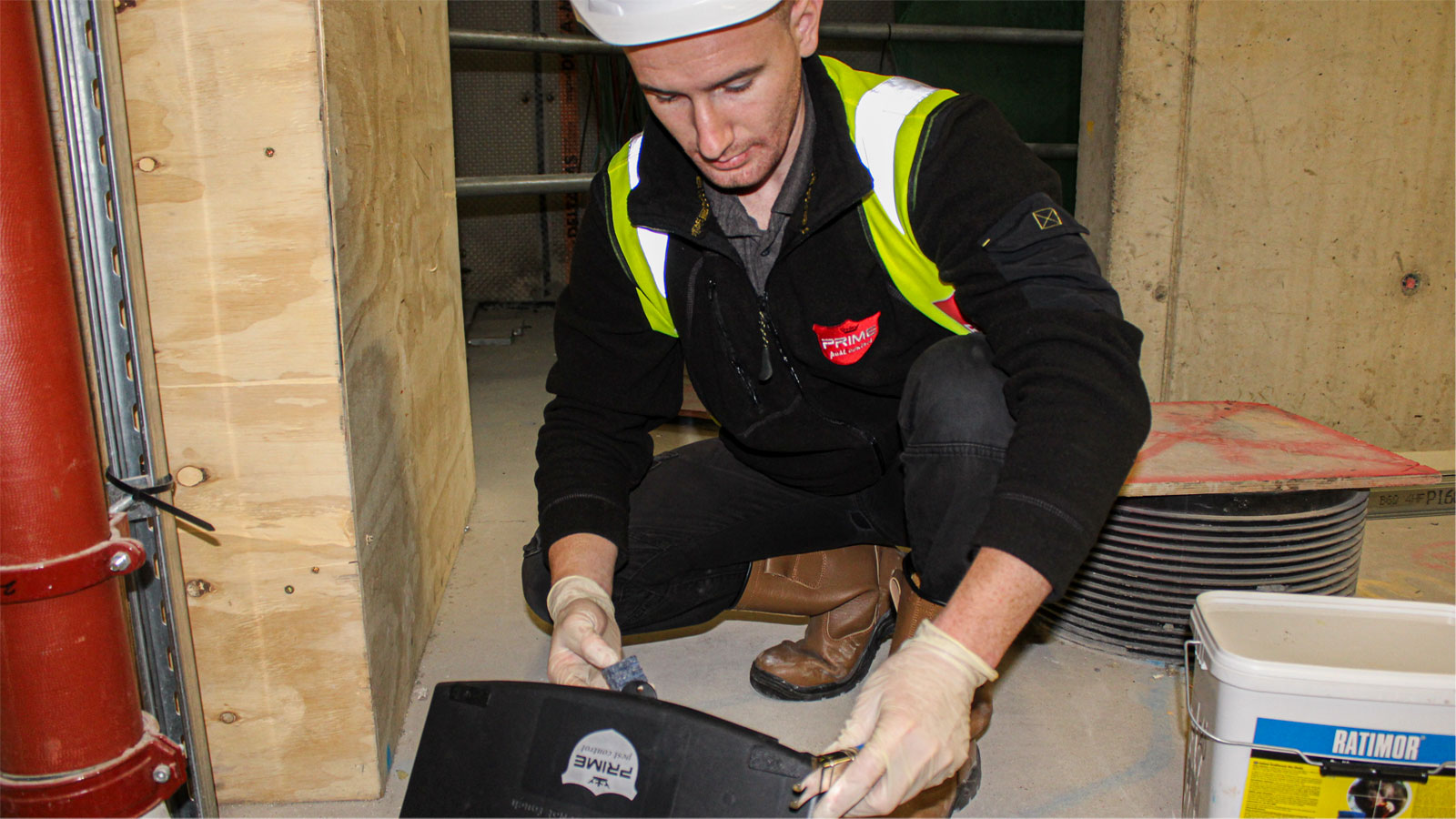
Considered to be one of the most difficult pests to get rid of, rats are prehistoric creatures with incredible surviving abilities. Effective rat treatment and control requires dedication to the problem and the implementation of a professional pest control strategy. Rats are also one of the most dangerous pests, as they can transmit various diseases that pose great risk to human and animal health. These rodents are extremely skilful, agile and intelligent. They reproduce with rapid rates, which also adds up to the definition of rats as one of the biggest challenges for pest control companies.
Our experienced rat specialists are extensively trained by the British Pest Control Association (BPCA). They have been successfully tackling rat infestations throughout London and solving very difficult domestic cases, as well as safeguarding commercial properties in the construction industry for many years now. We offer integrated rat management schemes and bespoke rat control that are safe to your family and pets, or your customers, keeping the rats away for good. In order to achieve long-term results, it is essential that a thorough inspection and risk assessment is carried out, prior to any treatment. As a next step, our rat expert will discuss with you the best options for successful rat control in the given situation. Depending on the type and level of infestation, together with your requirements, our pest experts will carry out a targeted rat treatment right after the inspection and will design a post-treatment programme for prevention and control.
Following the Control of Substances Hazardous to Health (COSHH) regulations, our first methods of control should include non-toxic approach. If those methods do not achieve the desired control, then we can potentially tackle the problem with the latest and very efficient second generation anticoagulant rodenticides (SGARs), or sometimes even first generation anticoagulant rodenticides (FGARs), in case that the rats are not chemically resistant.
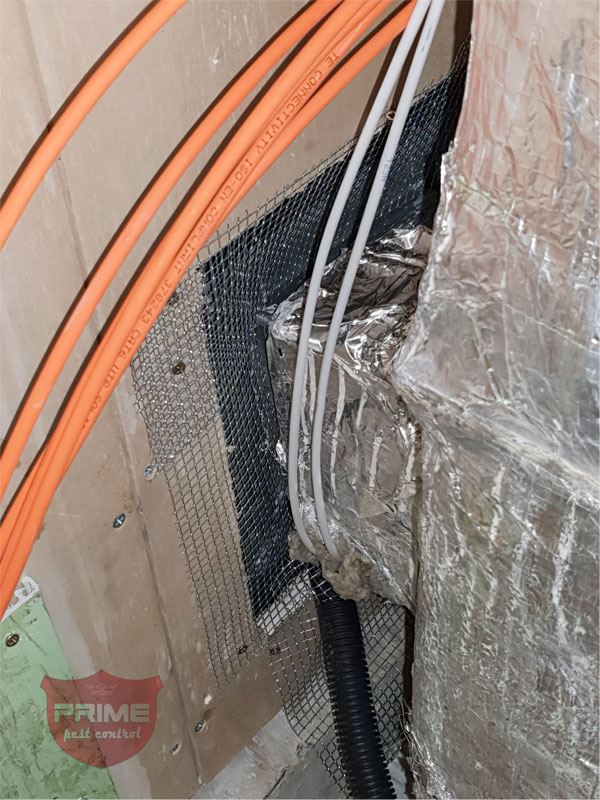
Rat thermal imaging
Employing infrared technology and drainage inspection cameras to improve our rat surveys, we, at Prime Pest Control London, are always trying to deliver quality services to our customers, achieving high success rates with less costs. With thermal imaging now, being a part of our Integrated Pest Management programmes, our thorough pest technicians are able to carry out in-depth rodent inspections to detect the presence of rats, mice and other rodents, roosting and nesting points of pest birds. The main benefit of the thermal imaging is the quick and efficient identification of live rodent activity and nesting points in places with limited visibility or light, as well as nocturnal rodent activity. For example:
- deep sewers with larger entry points
- ceiling and other inaccessible voids
- cellars and basements with limited light
- under pallets in food storage and manufacturing
- under big containers or vehicles with limited visibility
- wall cavities and hollow walls with structural damage
- rodent nests inside cardboard boxes or plastic containers
The thermal images shown above have been taken during emergency call outs for rat control in London. On one occasion our customer reported nocturnal activity of rodents in his garden and we managed to identify the main entry point, which was an external sewer in this case. Apparently, the rats were strong enough to climb their way up the sewer and then come out of it. This particular entry was successfully blocked, as well as all other access points, associated with the property. Proofing has been carried out with steel mesh, poisonous silicone with steel fibres and even cement mixed with steel to prevent the rats from chewing their way through. In another case, shown on the thermal image collage above, rodent activity was reported in an attic and our pest technicians captured a rat that was hiding underneath a hot water container.
About rats
Rats are prehistoric rodents considered to be one of the most dangerous pests that inhabit urban areas. They transmit potentially fatal diseases and also carry various bacteria, parasites and viruses. In search of food, water and shelter they may intrude your home or commercial property, causing damage to structures and equipment. Their teeth are extremely strong and sometimes they gnaw holes in softer concrete and even in some metals. Unlike mice, rats need water supply on a daily basis, in order to survive. Rats are very agile and in the search for food and liquids they will climb, jump, swim, dig and even gnaw through softer metals to get what they want. Rats are known to carry various diseases but they also may introduce other pest insects such as fleas, lice and ticks.
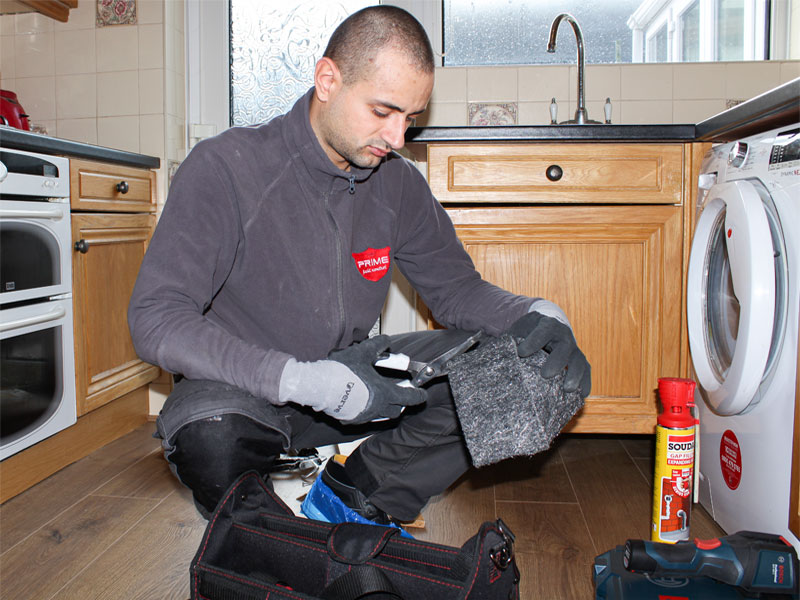
The general best practices for rat pest control involve complex treatments and measures to be undertaken in order to achieve long-term results. This pest is incredibly skilful and intelligent, which makes it a challenge even for professional pest control companies. Their natural fear of new objects, called “neophobia”, as well as the bait shyness (avoiding bait due to previous bad experience) is a constant challenge for professional pest controllers. In London and the UK there is one main species that is causing trouble and that is the brown rat, while the black rat is quite rare. Both species are very good swimmers, they climb, burrow, jump and baby rats can squeeze through holes as tiny as 1/2 an inch in diameter. Rats have incredible balance and they can find access to properties using utility lines, tree branches and vegetation hanging over roofs and ledges of buildings. These rodents may also enter a property digging through the ground or swimming through sewers and drain pipes.
Successful rat control requires proofing of the property and denying access through all possible entry points. Once rats have used a particular route to a source of food and shelter, they will remember this route and will most probably use it again even after an year or two.
This pest is very persistent and may find access by gnawing through obstacles made out of wood, plastics, softer concrete and metals. Rats are also very intelligent and sociable. They usually live in groups where there are established hierarchy and rules. If rats had a choice of food they would prefer to keep it healthy and go after fruit, vegetables, seeds and grains. Rats become sexually mature in about 5-6 weeks after they were born. For one year a female rat will produce between 500 and 2000 offspring. The life span of rats varies from 1 year to almost 3 years in ideal conditions.
